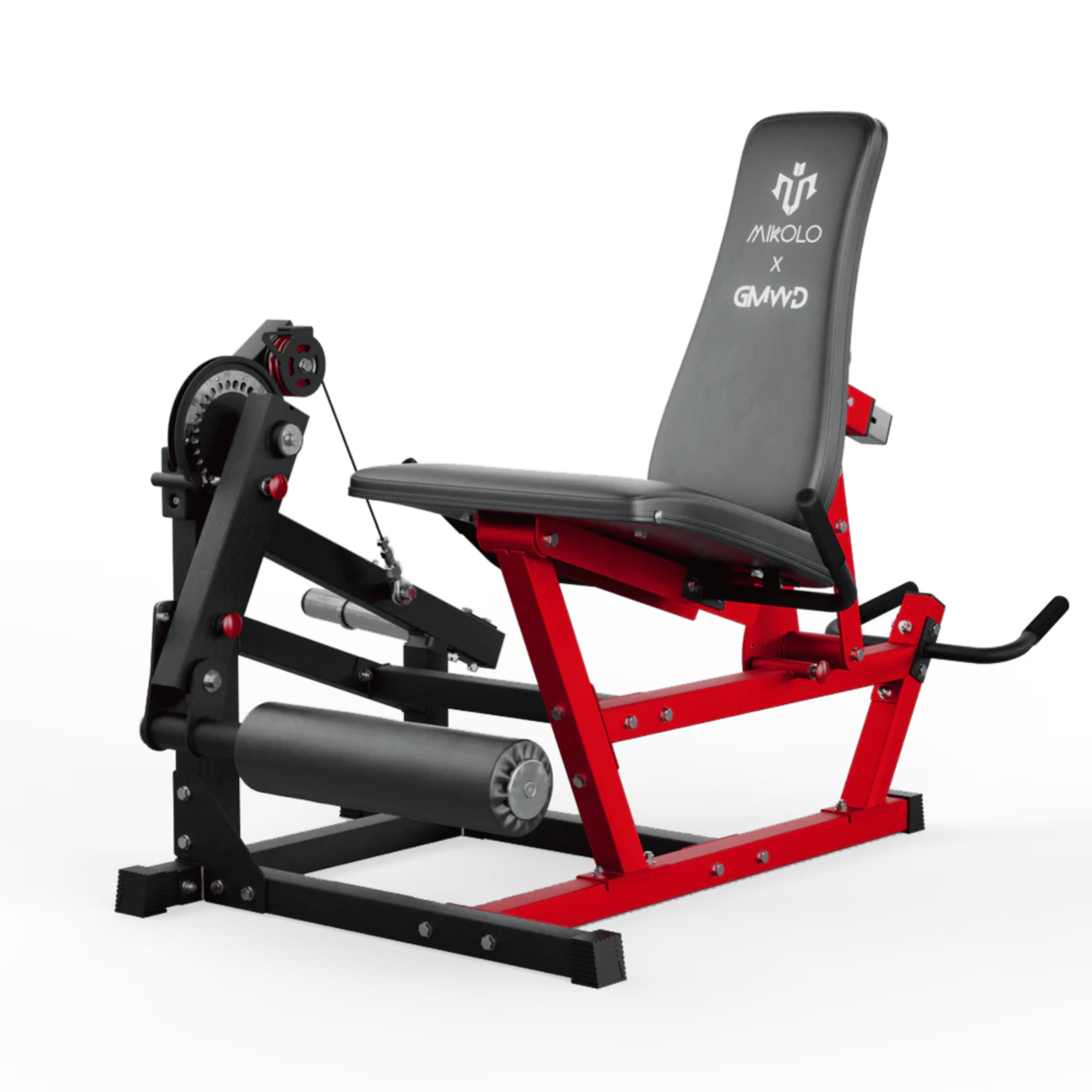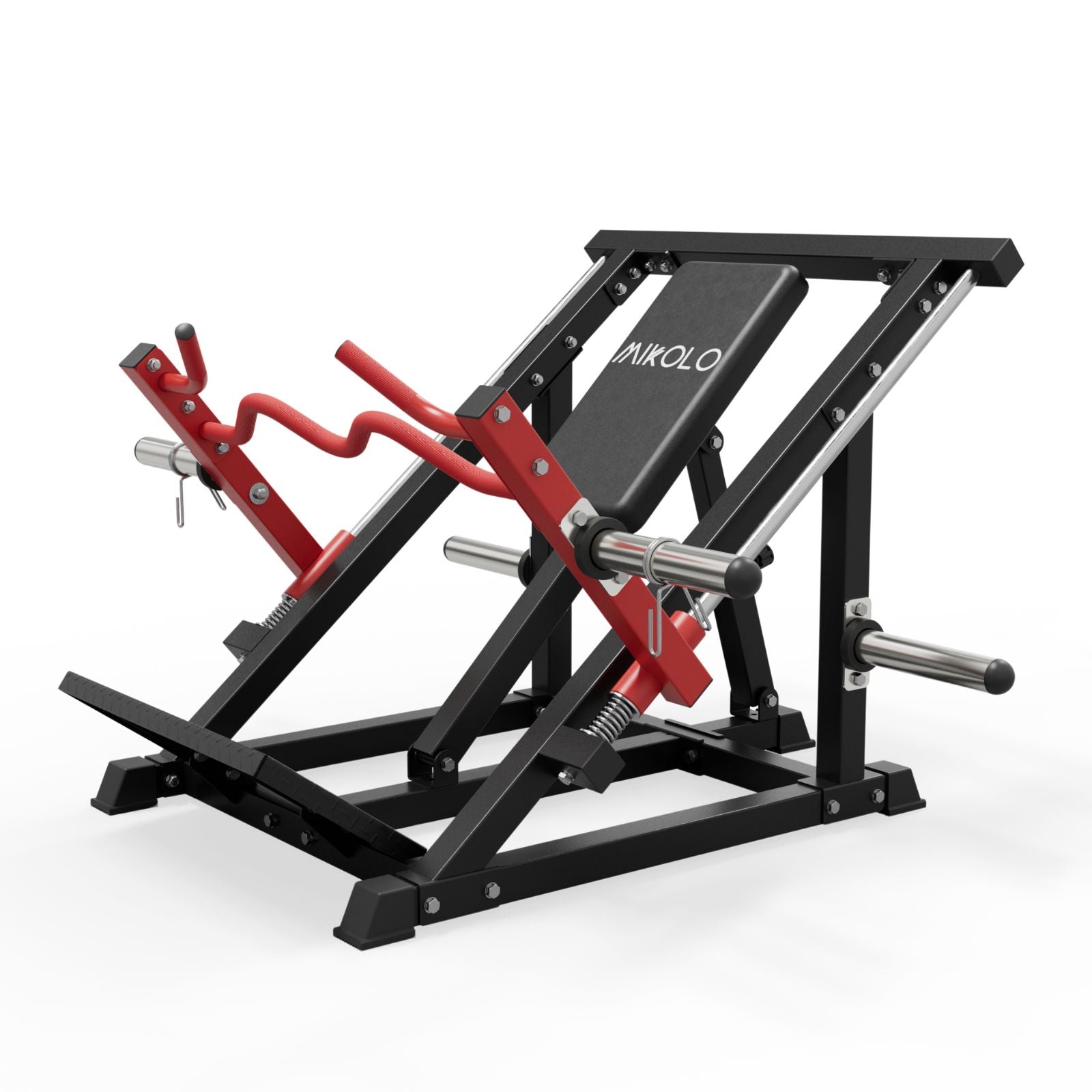When it comes to building powerful lower-body strength, the leg press and hip thrust are two of the most popular exercises in any gym. Both offer unique benefits and target similar—yet distinct—muscle groups. So, which is better for your goals? Let’s break down the differences, advantages, and ideal use cases for each.
Understanding the Leg Press
The leg press is a compound machine-based movement where you push a platform away using your legs while seated or reclined. It primarily targets the quadriceps, but also involves the glutes, hamstrings, and calves to a degree.
Benefits of the Leg Press:
-
Joint Support & Safety: Since your back is supported and the movement is controlled, it’s ideal for people managing lower back issues or looking for safer heavy lifting.
-
Progressive Overload Made Simple: It’s easy to load more weight and track progress without worrying about balance or barbell control.
-
Quad Dominance: For those looking to add size and strength to the front of their thighs, the leg press provides highly effective isolation.
However, because of the fixed path of the machine, it doesn’t engage stabilizing muscles as much as free-weight movements. And while the glutes are involved, they’re not as fully activated as in hip-dominant exercises.
What Makes the Hip Thrust Unique?
The hip thrust is a free-weight movement where you drive your hips upward against resistance (typically a barbell), with your upper back supported on a bench. It’s one of the most effective exercises for targeting the gluteus maximus, especially in its shortened position.
Benefits of the Hip Thrust:
-
Superior Glute Activation: This movement is renowned for its ability to isolate and strengthen the glutes more directly than nearly any other exercise.
-
Posture & Performance: Strong glutes play a major role in reducing back pain, improving posture, and enhancing athletic performance in running, jumping, and squatting.
-
Functional Carryover: Hip extension strength developed through thrusts translates well to real-life movements and sport-specific tasks.
That said, it can be awkward for beginners to set up, and proper technique is essential to avoid hip or lower back strain.
Muscle Engagement: Glutes vs Quads
-
Leg Press: Emphasizes quads with moderate involvement from glutes and hamstrings, especially when the foot position is higher on the platform.
-
Hip Thrust: Heavily targets the glutes, particularly the upper and lower fibers, with minimal quad activation.
If your primary goal is glute hypertrophy and strength, the hip thrust outperforms the leg press. If your goal is overall leg development, including the quads, the leg press delivers more balanced stimulation.
Programming Considerations
Both exercises can be valuable depending on your goals:
-
For Muscle Growth (Hypertrophy): Include both in a lower-body split. Start with the hip thrust on glute-focused days and the leg press on quad-focused days.
-
For Strength Training: Use the leg press for safe, heavy compound work, and the hip thrust to strengthen weak glutes and improve squat or deadlift performance.
-
For Beginners: The leg press is easier to learn and control, while the hip thrust requires more attention to form and setup.
Which One Should You Choose?
| Goal | Recommended Exercise |
|---|---|
| Build Bigger Quads | Leg Press |
| Strengthen & Grow Glutes | Hip Thrust |
| Lower-Body Isolation with Joint Support | Leg Press |
| Improve Athletic Performance | Hip Thrust |
| Back-Friendly Leg Work | Leg Press |
| Posture & Core Support | Hip Thrust |
Ultimately, it’s not about picking one over the other. A well-rounded lower-body routine often includes both.
Final Thoughts
The leg press and hip thrust aren’t rivals—they’re allies. The leg press gives you a powerful tool to build quad and overall leg strength in a stable environment. The hip thrust delivers unmatched glute activation, vital for posture, performance, and aesthetics.
Train smart: understand your goals, master proper form, and don’t shy away from using both to maximize your lower-body potential.








































Leave a comment
This site is protected by hCaptcha and the hCaptcha Privacy Policy and Terms of Service apply.